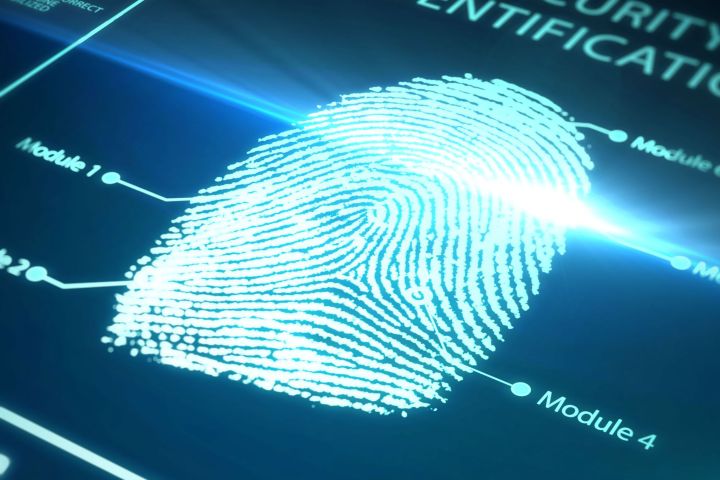
The innovative new scanner quickly and accurately captures what the team calls a person’s “internal fingerprint.” Like the prints on the surface of a finger, an internal fingerprint has a unique set of topographical features (they match the external one, in fact), yet it resides roughly a half millimeter below the skin. Moreover, the Langevin system boasts the capability to image the sweat pores in a person’s finger, further enhancing its means of identifying someone.
Engineered by Langevin Institute postdoctoral researcher Egidijus Auksorius and scientific instrument professor Claude Boccara, the internal sensor is based on full-field optical coherence tomography, or FF-OCT. Unlike standard optical coherence tomography, which makes use of 3D data and lasers, FF-OCT relies on a 2D detector, making it easier and faster to use (not to mention, cheaper). Basically, images of an internal fingerprint can be captured in under a second using this tech, which is an absolute boon for the fingerprint scanning industry.
When in use, the scanner analyzes the various interference patterns produced after a beam of light reflects off a sample (i.e. a finger) against a reference beam of light. For instance, once a light beamed at a finger registers with the system, the scanner can see the different grooves, patterns, and pores associated with it. The reference beam of light — just a pure beam — allows the scientists to accurately read the differences and chart the grooves and patterns.
A recent study conducted by the Department of Homeland Security found that wearing fake prints, or “spoofing” a fingerprint sensor, beats a scanner roughly 80 percent of the time. Considering this is a staggering percentage in any capacity, Boccara and Auksorius’ collaboration with BitFlow appears poised to be a forensics expert’s best friend.
Editors' Recommendations
- How robotic exoskeletons can help paraplegic patients heal from injuries
- The Galaxy S10’s fingerprint sensor can be fooled by a screen protector



